September 2021
St. Daniel Inventory. The inventories project got stalled out just as we were about to organize a volunteer committee in the St. Daniel area. On the positive side, the delay has given us time to review what we’ve discovered so far about both the history (dates, events) and the broader socio-cultural heritage of the area and to remind ourselves and everyone else why we’re doing the project.
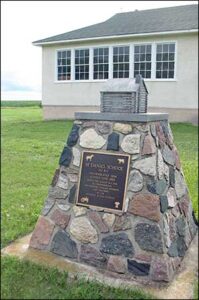
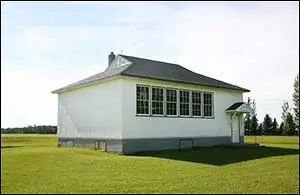
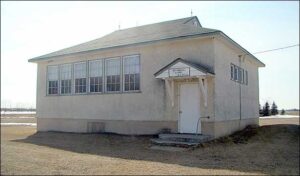
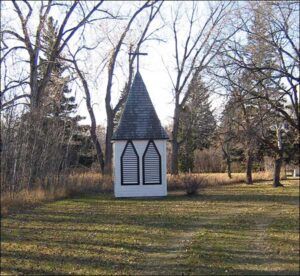
Heritage Certificate Site St. Daniel School
The intent of the inventories is to find out and record what heritage resources are in each community; where they are; and how people can access or get information about them. We work with local volunteer committees to identify heritage buildings, monuments, collections, documents, and other items of significance to each local community. This includes records of local organizations, family histories, photo collections, cemetery records, as well as artifacts in private or museum collections. Occasionally we help preserve these resources. Preservation usually involves simple activities, for example, encouraging a local committee to make a back-up copy of cemetery records and store it in a location separated from the original. The inventories are all works in progress. They can be found on the website under their respective community listings.
So what have we learned so far about the history/heritage of the St. Daniel community? In the most general sense, we’ve looked at the broader context of local history—factors such as the lengthy French/English conflict in North America, early exploration, and competition in the fur trade. Locally, we noted the significance of Métis buffalo hunting along the Missouri Trail and establishment of the first permanent settlement in the Îlets-de-Bois area, prior to the arrival of the first homesteaders. When it came to the history of our local Indigenous population, we faced an additional challenge. Here the tradition was one of oral history, handed down from one generation to the next. As a result, most of our information about early Indigenous residents comes from the experiences and written observations of explorers, fur traders, or early settlers in the area. Fortunately, we got a better understanding of this part of our history while working on the Missouri Trail and Îlets-de-Bois signage projects.
In addition to the general history of the municipality, the History of the RM of Dufferin 1880–1980, we have two other volumes that are specific to the St. Daniel area. In 1992, local residents published a history that portrays an active, close-knit community. A decade later, Antoine Gaborieau, a noted proponent of French language and culture, published another slim volume to fill in some of the ‘missing pieces’ in the earlier history. More specifically, he added details to the account of early Métis and Catholic residents in what was then known as Îlets-de-Bois.
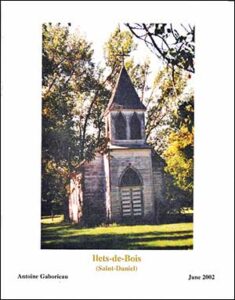
Antoine Gaborieau’s history
Historian Alan B. McCullough, a former St. Daniel resident, also has published articles that provide insight into the Métis presence in the area and early confrontations with newly arrived settlers.
These local histories and articles are informative. They also highlight one of the most basic questions we should be asking about any account of the past—i.e., from whose perspective is it being written or told?
Most of us retain a few significant kernels of wisdom from our years of formal education. Many years ago, one assignment made a lasting impression on a University of Winnipeg history student. The task was to compare and contrast two historical accounts of the same period in East European history.
Two histories of Poland were selected; one historian was German, the other Polish. The bewildered student had to constantly cross-check the historical context—the time and place—to be sure the two scholars were even talking about the same country. Point taken. Thank you, Professor Batzell, for that insight.
In addition to the history of the St. Daniel area—the people, dates and events—we’ve also documented a wide range of other local heritage resources. These include the cairns, cemeteries, churches, schools and other physical records of the past, all of which can be found on the website.
